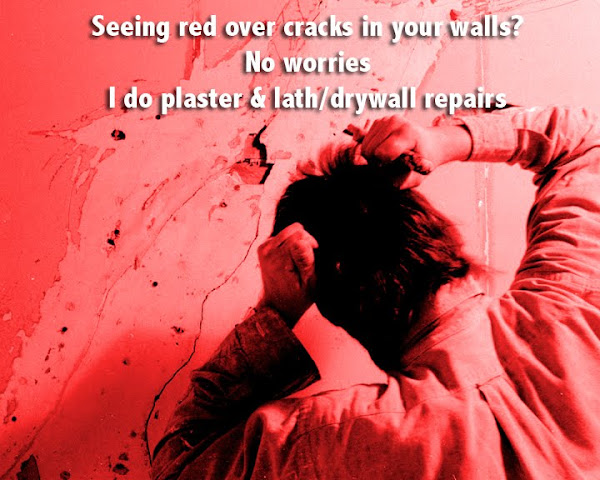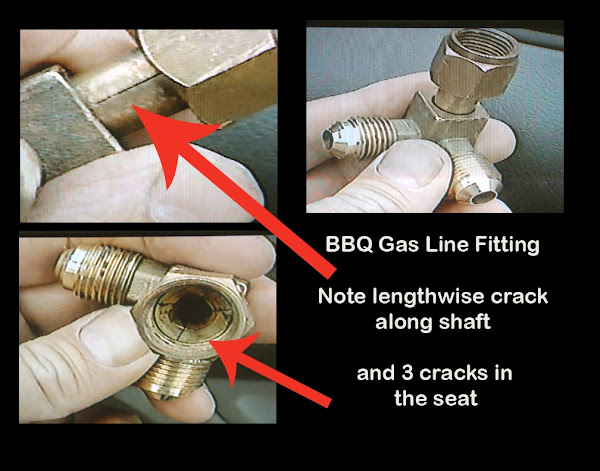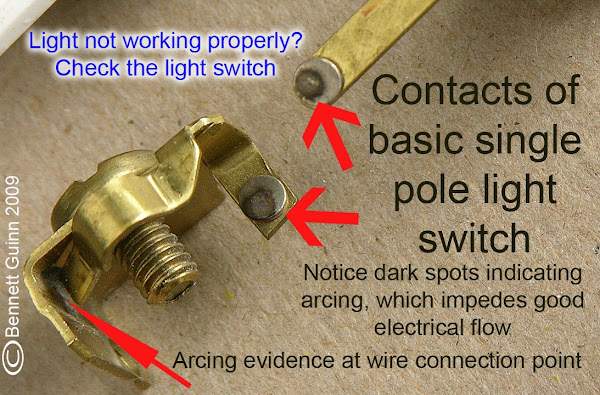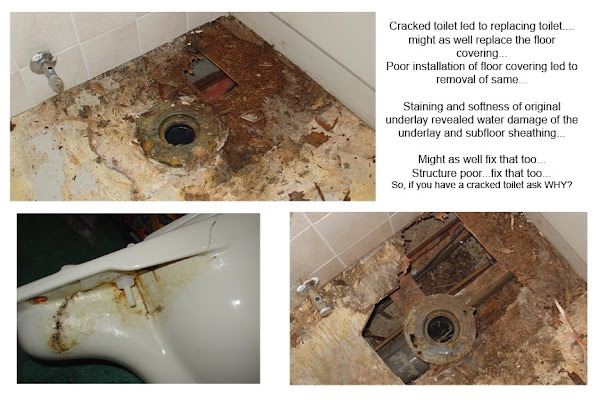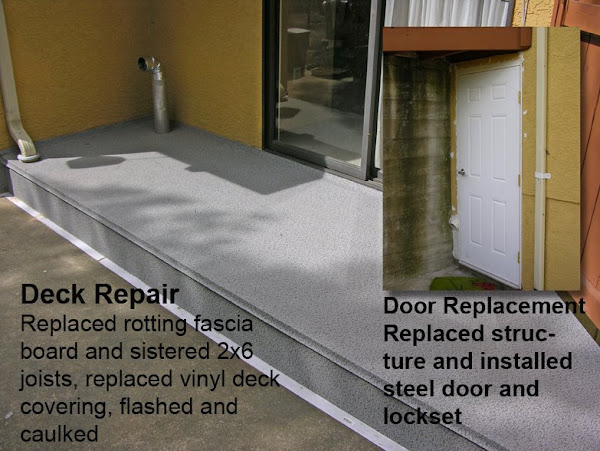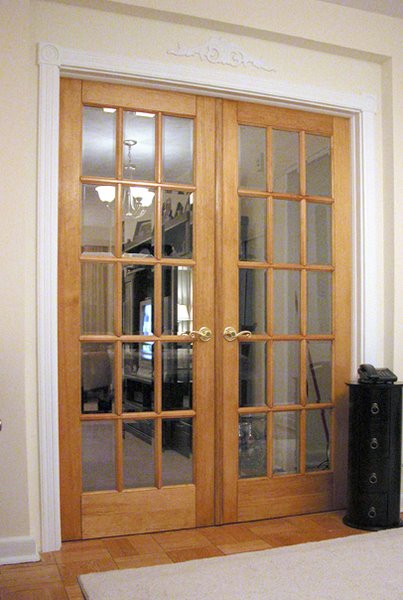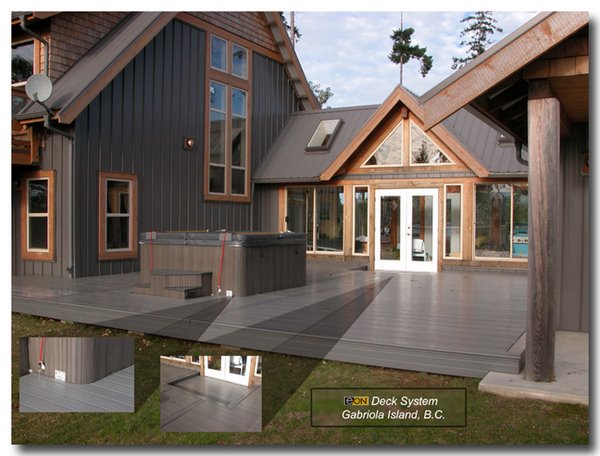Monday, December 17, 2012
Monday, November 19, 2012
OIL TANK NIGHTMARE
Friday, September 28, 2012
On Painting
Painting constitutes a major portion of the work I do and with over 30 years experience, using a multitude of paint products, I have come to trust the tried and true techniques that assure the best job I can do. This includes proper preparation and priming of new or stripped substrates. I have never been a fan of oil-based paint as they tend to dry out and become brittle over time, not to mention the environment issues it entails. I prefer water-based products on new or stripped materials. I use 1-2-3 Primer which sticks well and provides a good base for top coats of which I always apply two coats.
Lately many paint manufacturers have been marketing so-called "two-in-one" paints where the primer is "built in", thus negating the use of primer and a saving of time and materials. Bunk I say and so do the good people at Cloverdale paint. The email reply to some questions about this and other issues is reprinted here with permission.
"Hybrid" paint is another new product being marketed and I wanted clarification on it so I went to the source.
If you hire me to paint, I'll do it the way I've been doing it but if you insist on using two-in one paint, I cannot guarantee the results.
REPLY VIA EMAIL
Stu Eaton - Manager, Technical Services and Product Design Cloverdale Paint
The term "Hybrid"refers to the technology of using an alkyd based (oil-based) resin system but in a water carrier. In effect we have taken a traditional alkyd-based paint and removed the organic solvents and replaced the solvents with water. The water will not dissolve the alkyd resin as
paint thinner does but it will emulsify the resin and herein lies the technology. After the water has evaporated and the coating cured, it dries with all the toughness, water resistance, abrasion resistance etc. you would expect from and alkyd paint. It has some of the negative attributes as well such as the tendency to yellow and can become brittle over time.
Paint and Primer in one is a common marketing ploy that we as a company do not buy into. Our experience is that for approximately 80% of our architectural paints sold, a primer is not required. A standard re-paint of a living room or bedroom wall does not require a primer. *If*extra functionality has been built into these paints (which I doubt very much) your money has been wasted as it is not required. If you do need a primer i.e. you have a problem such as water stain issue; a difficult to
adhere substrate; a dramatic colour change etc., you are far better off to use a product that is designed for that problem. It will perform better and at lower cost than the expensive topcoats. In fact if you read the fine print of many of the Paint and Primer in one labels and technical sheets it states that where you do have one of these problems to use their xxxx primer in any case. So, bottom line is when you don't need a primer these paints work as a primer but when you need a primer these paints don't work and require a primer. I would say a pretty empty claim.
Wednesday, April 25, 2012
 The customer wanted to tidy up the area in her laundry room where the hot water tank and electrical panel were.
The customer wanted to tidy up the area in her laundry room where the hot water tank and electrical panel were.Maximum width in the opening was a requirement. Initially we were going to use a standard sliding bypass type door but the customer came up with the less costly option of using a bamboo blind instead.
Although not as high as a standard 80" door, it worked just fine for her and in my opinion looks better too.
Saturday, March 17, 2012
Computer Troubles?
Has to be a connection I figured.
The only major connection on the circuit board is the interface of the main processor. So, I removed it, plugged it back in and cinched it down.
Voila! The machine started first push of the on button.
I suppose with time and the abuse most notebooks take, the tiny pins of the processor may lose
contact ever so slightly and that's all it takes.
Time will tell if this fix lasts or if all this was a fluke. I suspect my diagnosis is correct though.
Thursday, January 19, 2012
What's In Your Drains?
Slow drains are often due to restriction but regular maintenance will keep them free-flowing.
Kitchen drains are often partially clogged with grease. When grease laden dish water flows down cool or cold drains, grease sticks to the inside of the pipe then subsequent cycles build on that until the drain becomes obstructed. Reducing the amount of grease/oil is best way to prevent blockages. If that’s not possible, it’s a good idea to run hot water for a minute to heat up the pipes and help dissolve any residue in the pipes. A non-toxic degreaser also goes a long way to keeping the pipes grease-free. I use ZEP concentrated citrus cleaner, available at Home Depot. It’s cheap and very effective.
In the bathroom, hair buildup is the most common cause of slow running drains. One hair is all it takes to attract more and then more. Once a month, inspect the drain for any hair and pull out what’s there then use hot water and a mild degreaser to dissolve any buildup of shampoo and soap residue, both of which can contain high levels of oil.
Some types of toilet drain obstructions can be solved by quickly dumping a bucket full of water from about chest height. The force of the fast-flowing water will usually clear the drain.
Once a month, in the kitchen and bathroom, let hot water flow down the drains for about five minutes. This will keep your drains free-flowing and reduce grease accumulation. Drains are designed to accommodate about two times the water exiting the faucet. You should be able to run the water all day without the sink filling with any amount of water. If water collects and takes too long to drain, you can be sure there is a restriction.
The water in the trap of basement floor drains can evaporate, leading to sewer gas getting into the home. Once a month, pour some water into any floor drains to refill the trap and to ensure they function.
Car Won't Start?
to track down an electrical issue of a customer's car.
The customer was experiencing intermittent electrical issues while driving: the wipers would stop, the dashboard lights would dim and the car would stall.
After checking the battery and alternator for adequate voltage, I ruled out those as
potential problems and discovered that the ignition switch had a bad connection.
Sure enough, that was the issue as I was informed by the customer.
A lot of electrical issues with cars can be tracked down to the weakest link: A switch or broken/corroded wire.
Switches have metal contacts inside which wear and/or become corroded with age.
I once had a vehicle where the brake lights would stay on. It was a bad switch.
So, if you have weird electrical issues, look for a bad switch, poor connection of wires
attached to the battery or even a bad ground wire. Contact me if you have issues and I
may be able to find the problem.




